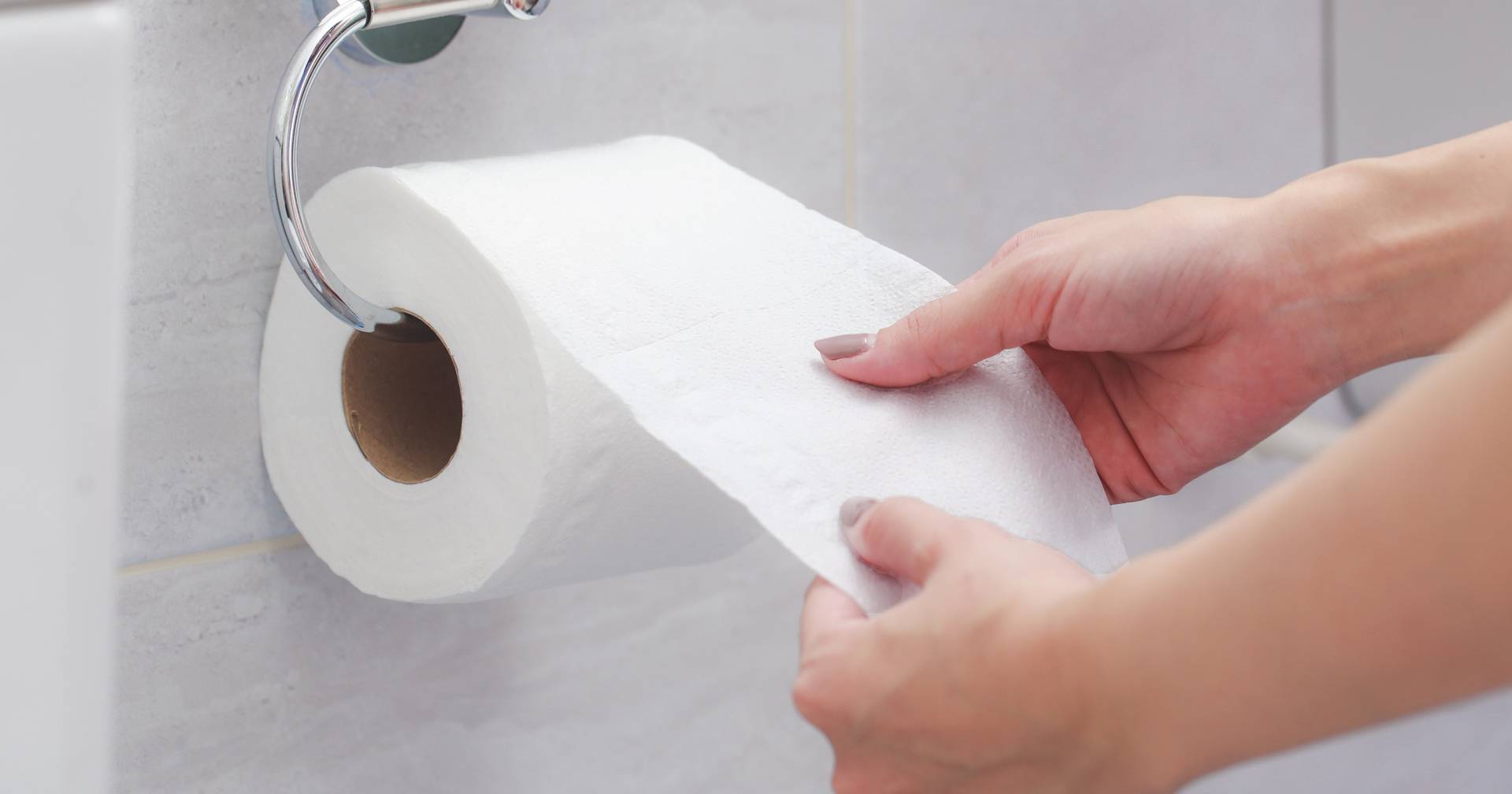Wastewater can provide clues about health status and the presence of infectious diseases in the community And even about using Legal or illegal drugs. But sewer inspection also provides information about persistent health-harmful contaminants, such as Polyfluoroalkyl Substances (PFAS), which are released into the environment. A team of scientists has discovered an unexpected source of this material in sewage systems – toilet paper.
Toilet paper is an unexpected and “potentially significant” source of PFAS, the health-damaging “eternal pollutants” chemicals that leach into wastewater and soils around the world, according to a study published this week. Environmental Science and Technology Letters.
Perfluoroalkyl substances (PFAS) are a large family of thousands of synthetic chemicals that have been created since the 1940s and are widely used for their properties, namely resistance and durability.
Found in many everyday objects (cosmetics, non-stick kitchen utensils, waterproof clothing, etc.), these compounds have been linked to various types of cancer, cardiovascular disease, fertility problems, and developmental disorders in children.
Even recycled toilet paper is not without harmful chemicals
Between November 2021 and August 2022, researchers collected thousands of toilet paper rolls sold in North America, Latin America, Africa and Western Europe, and collected wastewater samples from treatment plants in the United States.
They discovered the existence of diPAP – compounds that can be converted into more stable PFAS such as Perfluorooctanoic acid (PFOA).potentially carcinogenic.
The detection of PFAS in toilet paper can be explained by the fact that Some manufacturers add chemicals while separating the wood pulptraces of which are still present in the final product.
Recycled toilet paper can also be made from fibers from PFAS-containing materials.The study says.
These measurements were then compared with data from other studies of PFAS levels in wastewater and per capita toilet paper use in different countries.
The study concluded that Toilet paper was the source of about 4% of diPAPs detected in the United States and Canada, 35% in Sweden and up to 89% in France.
The differences between countries, especially in North America, stem from the fact that many other products such as cosmetics, textiles, or food packaging are responsible for the presence of PFAS in wastewater.
The researchers confirm this “It is essential to reduce the presence of these chemicals in wastewaterusually reused for irrigation”, which leads to exposure of humans and the entire environment to PFAS.
Eternal pollutants: highly resistant and toxic
Developed in the 40s of the last century, and PFAS (per and polyfluoroalkylated substances) They are highly resistant chemicals And disintegrate very slowly.
work the Products in which non-stick and waterproof materials are usedThey are found in shampoo containers, non-stick frying pans and beauty products, for example. Over time, it has spread throughout the environment: water, soil, air, groundwater, lakes, and rivers.
according to Portuguese Environment Agency:
PFAS is used in a variety of consumer products and industrial applications due to its physical and chemical properties, being oil and water repellent and resistant to very high temperatures. These materials are used in non-stick coatings, such as kitchen utensils, paper packaging for food, creams and cosmetics, furniture textiles and outerwear, paints, photography and chrome plating, among others.
According to some studies, the Exposure to PFAS has health effectsMay have effects on fertility and fetal development. It can also lead to a file Increased risk of obesity or some types of cancer (prostate, kidneys and testicles) f Increased cholesterol levels. Its nearly indestructible nature is linked to the long carbon-fluorine bonds it forms which are among the strongest in organic chemistry.
Existing methods for decomposing this type of pollutant require aggressive treatments, such as burning at very high temperatures or ultrasonic irradiation.
The European Union wants to restrict the use of PFAS
At the request of five European Union countries (Denmark, Germany, the Netherlands, Norway and Sweden) in mid-January, the European Chemicals AgencyECHA will evaluate a proposal to restrict or even ban PFAS
“This landmark proposal by the five authorities supports the ambitions of the EU chemicals strategy and the ‘zero pollution’ action plan. Now, our scientific committees will begin their assessment to form an opinion. While the assessment represents Such a broad proposal with thousands of materials and so many challenging uses, we’re ready.”
Evaluation committees started working in March. The results are then sent to the European Commission for a decision.
Valada do Tejo has the highest concentration of persistent pollutants in Portugal
Recently, the Federation of European Journalists identified the places in Europe where the highest concentrations of these harmful chemicals are found.
The project “Permanent Pollution Project” selected from 17,000 locations contaminated PFAS. in Portugal In Portugal, there are nine contaminated sites and Valada do Tejo has been identified as the place in Portugal that has the highest concentration of chemicals harmful to health.

“Wannabe internet buff. Future teen idol. Hardcore zombie guru. Gamer. Avid creator. Entrepreneur. Bacon ninja.”

